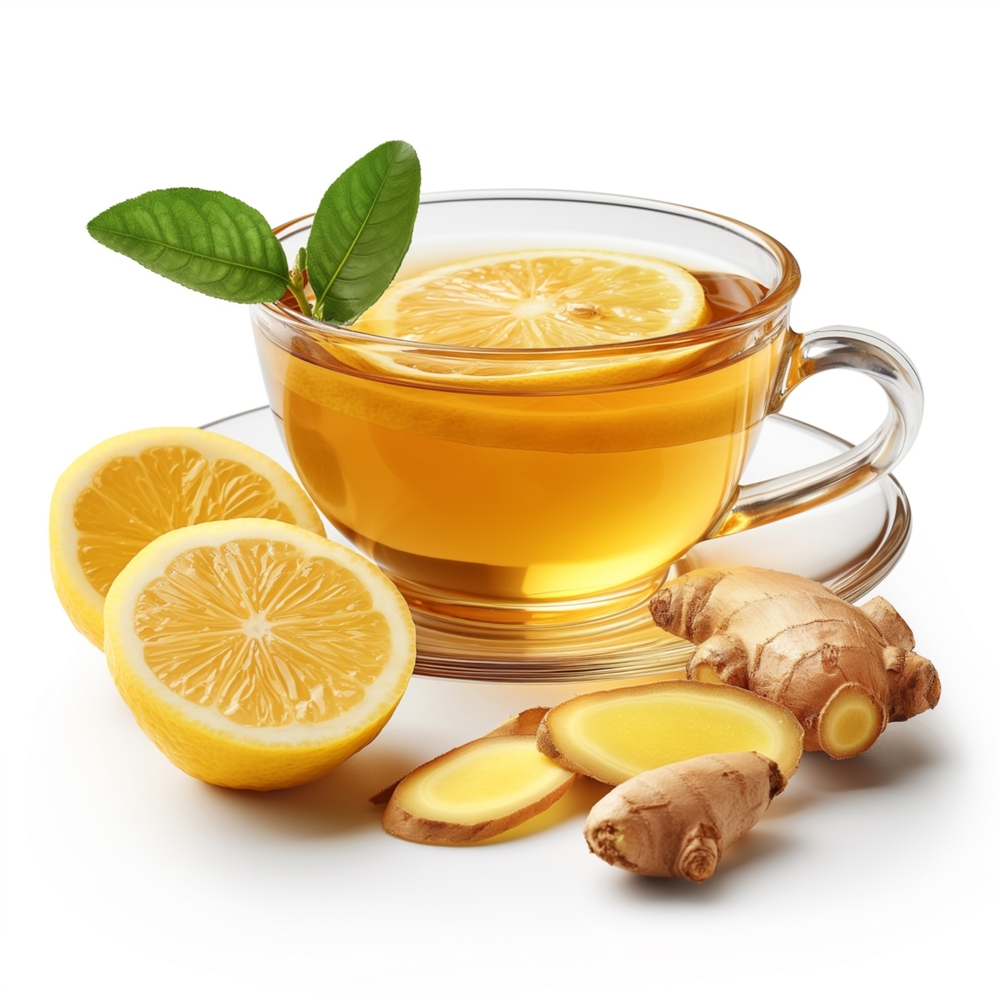Green tea has long been celebrated for its delicate flavors, numerous health benefits, and centuries-old traditions in cultures around the world. Despite its reputation, many people still associate green tea with a simple, grassy taste, unaware of the vast range of flavors it can offer.
From light and floral to rich and savory, green tea is as diverse as the regions in which it’s grown and the methods used to prepare it. In this blog, we will be exploring the range of green tea flavors to help you understand and appreciate the nuances of this ancient beverage. By the end, you’ll know how to unlock the flavors of green tea and where to find the best options to enjoy locally.
World of Green Tea Flavors
When it comes to green tea, not all varieties are created equal. Just like wine or coffee, the flavor profile of green tea can vary widely depending on factors like where it’s grown, how it’s harvested, and how it’s processed. Understanding these variations is key to unlocking the potential of green tea and finding the one that suits your palate best.
The five most common types of green tea are:
-
Sencha:
The most popular green tea in Japan, Sencha offers a well-balanced flavor with both sweet and bitter notes. The taste can range from slightly grassy and vegetal to more seaweed-like, depending on how it’s brewed.
-
Matcha:
This powdered green tea is known for its rich, umami flavor. Matcha can be intensely savory, with a slight sweetness that balances its bitterness. Because you consume the whole tea leaf (in powdered form), matcha is packed with antioxidants and other nutrients.
-
Gyokuro:
Another Japanese variety, Gyokuro is shaded for several weeks before harvesting, giving it a unique, deep, and sweet flavor. It’s known for its high levels of theanine, which contributes to a smooth, almost buttery taste with little bitterness.
-
Longjing (Dragon Well):
A famous Chinese green tea, Longjing has a mellow, sweet flavor with hints of chestnut. It’s smooth and refreshing, often considered one of the finest green teas in the world.
-
Gunpowder Green Tea:
This variety gets its name from the shape of its leaves, which are rolled into tiny pellets. Gunpowder tea has a stronger, slightly smoky flavor compared to other green teas, and it’s often used as a base for Moroccan mint tea.
Understanding How to Unlock Green Tea Flavors
Unlocking the true flavor of green tea isn’t just about choosing the right type—it’s also about preparing it correctly. Many people who dislike green tea may have simply had a poorly brewed cup. Green tea is delicate and brewing it improperly can result in a bitter or flat taste.
Here are some tips to bring out the best flavor in your green tea:
-
Use Fresh, High-Quality Tea Leaves:
The quality of the tea leaves you use will greatly impact the flavor. Choose loose-leaf green tea over tea bags, as it tends to be fresher and of higher quality. If you’re using matcha, look for a vibrant green powder, which indicates freshness.
-
Pay Attention to Water Temperature:
One of the most common mistakes when brewing green tea is using water that’s too hot. Unlike black tea, which can handle boiling water, green tea should be brewed at a lower temperature—typically around 160°F to 180°F (70°C to 80°C). Using water that’s too hot can scorch the leaves and bring out unwanted bitterness.
-
Control Your Steeping Time:
Overstepping green tea can also result in a bitter taste. Most green teas should be steeped for 2 to 3 minutes. Matcha, since it’s powdered, is whisked rather than steeped, so it’s ready as soon as it’s fully dissolved.
-
Experiment with Additions:
While traditionalists may prefer to enjoy their green tea plain, you can experiment with flavor additions to enhance your experience. A slice of lemon, a drizzle of honey, or a few mint leaves can complement the natural flavors of the tea. Some people even enjoy blending green tea with other teas or herbs for a more complex flavor.
The Role of Terroir in Green Tea Flavors
Just like wine, the region where green tea is grown, known as its terroir, has a significant impact on its flavor. Factors such as soil composition, climate, and altitude can all influence the taste of the final product. Let’s take a closer look at how terroir affects some of the world’s most famous green tea varieties.
-
Japan:
Japanese green teas like Sencha and Gyokuro are often grown in shaded conditions, which enhances their sweetness and umami. The mineral-rich soil and humid climate of regions like Uji and Shizuoka contribute to the teas’ characteristic freshness and vibrant green color.
-
China:
In China, where teas like Longjing and Gunpowder are produced, the terroir ranges from subtropical regions to high-altitude mountain areas. This variety in growing conditions gives Chinese green teas their wide range of flavors, from nutty and sweet to earthy and slightly smoky.
-
Korea:
Korean green teas, such as Nokcha, are often grown in volcanic soils, which give the tea a distinct mineral taste. The cool, misty climate in tea-growing regions like Jeju Island also contributes to a cleaner, crisper flavor.
Health Benefits of Green Tea
In addition to its wide array of flavors, green tea is renowned for its health benefits. Rich in antioxidants, particularly catechins, green tea is known to boost metabolism, support heart health, and improve brain function. It also contains less caffeine than coffee or black tea, making it a great option for those looking for a gentle energy boost without the jitters.
Here are some of the key health benefits linked to green tea:
- Rich in Antioxidants
- Boosts Brain Function
- Supports Weight Loss
- Promotes Heart Health
- Enhances Skin Health
Exploring the World of Green Tea Pairings
Pairing green tea with food can elevate both the tea and the dish. The subtle flavors of green tea make it an ideal match for light, healthy foods, but certain varieties can also stand up to richer flavors.
- Sencha pairs well with seafood dishes, like sushi or grilled fish, as the tea’s grassy notes complement the fresh flavors of the ocean.
- Matcha, with its creamy texture and umami taste, pairs beautifully with sweet treats like mochi or chocolate desserts.
- Longjing, with its nutty sweetness, is an excellent companion to roasted vegetables or light stir-fries.
Experimenting with food pairings can deepen your appreciation for green tea and introduce you to new ways to enjoy this versatile beverage.
Read Also: How Long Does a Cake Last in the Fridge: Signs It’s Time to Toss It
Conclusion
Whether you’re a long-time green tea lover or just beginning to discover its complex flavors, finding high-quality green tea nearby is essential. If you’re in Canton, MI, you’re in luck—there are plenty of local tea shops and cafes that offer a variety of green tea options to explore. Whether you’re looking for a traditional cup of Sencha or a vibrant bowl of matcha, Canton has something for every tea enthusiast. Take the time to explore green tea flavors near you in Canton, MI, and unlock the full potential of this ancient and healthful beverage.




